Best Practices Articles

Driving Inbound Marketing Leads Through Effective Website Conversion
Inbound marketing is all about bringing in leads. Right? The whole purpose is to drive demand and begin communication with prospective buyers of your product(s) or services(s). In discussions of inbound marketing best practices, a lot of attention and strategy is aimed at driving more traffic to your website. Get more outreach, appeal to a broader audience and get the right people to come to you! Everybody wants to get more traffic to their content and website, but a critical focus that is often overlooked is converting those people once they DO come to you. What is the point of opening the flood gates and having crowds of people stand in your lobby if all they do is mill around and refuse to enter your offices and talk to you? The goal of lead generation is conversion—getting people to take action and reach out to you. Driving loads of new visitors via inbound marketing is necessary, but the most important prospects are those who are already on your site!
So, if you think of new traffic as your gold currency, then the people currently browsing the website are your diamonds. I would much rather see my “unique visitors” statistics stay consistent and watch as my form fills and conversion ratios skyrocket than see daily traffic numbers go up even as nobody takes action on the site. How can we increase user engagement? How can website conversion be factored into inbound marketing? Industry averages suggest that a conversion ratio of 5% to 10% is a good target goal. If your average visitor-to-prospect ratio is below that, things need to change. Let’s take a look at some tips to for getting—and keeping—a dialogue going between you and your potential buyers or clients:
Make sure your messaging speaks to the needs of the client. First impressions are everything. Data has shown that your website has 10 seconds or less to capture a visitor’s attention before they consider leaving. In the world of inbound marketing, there is so much syndicated content and so many social media and website properties out there, the average person floats through a sea of data and imagery every day. As a result, your audience’s attention span and their tolerance for processing information is extremely limited. Getting through in seconds with the right message that speaks to users’ needs and addresses their questions is imperative:
- Use “human speak.” Avoid getting too technical with public pages. It is fine to relay the inner workings of your technology product or software and provide IT or engineering details, but save all that for the inner pages where more technically minded people will navigate to. Keep the main pages of the website on a conversational level, relaying use cases and easy-to-understand reasoning and marketing language. Think of the scenario of the average consumer buying a new car: Talk about the driving experience, not the schematic of the engine. If your messaging and written content can be quickly understood and feels like the beginning of a conversation, prospects will be more likely to continue poking around.
- Tell users how you can make their life better. Focus on the consumer benefits of your offering; don’t focus solely on product features or service processes. Tell website visitors WHAT your offerings can do for them instead of focusing on HOW you do it. People have an inherent need to solve their problems. In the B2B environment, the customer’s goal is to find the vendor—whether through outbound or inbound marketing campaigns—that will solve a pain point or increase profitability. If you can capture attention right away by having website content that speaks clearly to the benefits of your product or service, you will make prospects comfortable and instill confidence. No matter how forcefully you extoll the amazing and innovative ways your product is built and the revolutionary features it has, all that will be lost on someone if they can’t quickly and easily understand the results they are going to achieve using it.
Excite them with your call-to-action (CTA). Once the end user is familiar with your product or service and is considering engaging with you, what motivates them to fill out your form or download an asset or share contact information? Proper inbound marketing and lead generation is all about starting conversations with prospects. Once that happens, how do you get them to reach out? Your call-to-action (CTA) links and buttons! These are the callouts that are placed all over your site (in your header, navigation, embedded into various pages, etc.) that drive people to contact you or register for assets or events. CTAs must be engaging and generate excitement:
- Make sure your CTA message is timely. Data shows that people are far more likely to click through to action when the message is timely and has a sense of urgency. Buttons that simply say “Contact Us” all over your site do very little to generate urgency. Whether you click it today or next week, it will still be there. It’s much better for your CTA to say “Reach Out TODAY!” or “Drive Profit Immediately.”
- Make sure your CTA sends the right message in the right place. There is no purpose in putting an actionable CTA to register for your upcoming webinar about “How to Onboard New Partners” on your Company Leadership page. CTAs are great at creating movement, but only when the CTA message is directly relevant to the content or information the user is currently looking at. Strike while the iron is hot!
Make your forms user-friendly and engaging. Once your inbound marketing has worked its magic and the end user comes to your site, understands what you offer, sees the value in it and lands on your intended form—this is the critical moment when they will engage or not. Whether your form is a special offer, registration for a webinar or asset, or a simple contact form, the user has a decision to make in reaching out to you. Even if users perceive high value in your product or service and are considering you as a vendor, they STILL might not take action if your form or contact method is too cumbersome or intimidating:
- Make it easy. When the end user finally gets to your form and is ready to reach out to you, the last thing they want to see is a long, complicated endless scroll of fields to fill in. How many times have you encountered a form on the Internet that looked like it would take an hour to complete, prompting you to back out? People want your offering, but they also want the process of getting it to be easy. Make sure your form is as short and as unintimidating as possible. Ask only for information that is absolutely necessary to your business. Remember, there are ways of capturing more information without initially overwhelming users, and this leads us to our second point….
- Be unobtrusive about capturing information. If name, title and email address are insufficient to capture for your business needs, you can use a method called “progressive profiling.” This is a form-building technique that adds additional fields for the user to fill out based on certain input. Alternate fields pop up as the user progresses through the form. Users may see only four fields when they start, but based on their answers other fields may appear. By the end of the process, users have filled out more fields than they started with. This is a clever way to have them start small but end up giving you everything you want to know.
- Keep users’ attention after they engage. Once a user has filled out your form and submitted it, what happens? The landing page or swapped-out messaging that replaces the form when they are done should not just be a simple “thank you.” Instead, try to keep users engaged with your site content. Post-form redirection CTAs are a valuable tool. The post-form landing page should have some sort of relevant link to content or site information that is associated with the asset or offering the user just submitted for. Suggest further content to get them to know you better and enhance their confidence level once they have actively engaged with you.
The journey users take after landing on your site should be as smooth, effortless and engaging as a good conversation—from your initial messaging (speak to their needs) to your CTAs (be relevant and actionable) and finally to your forms or contact methods (make it easy, and be inviting and engaging). Inbound marketing is not just about getting potential buyers to your website. It’s about getting them to engage with the website and start talking to you! The more you can speak TO them, and not just AT them, the more they will be encouraged to convert to a prospect and consider you a potential vendor.
For more information on marketing automation or demand generation services, please visit us at ZINFI.com.
Best Practices Guidebook
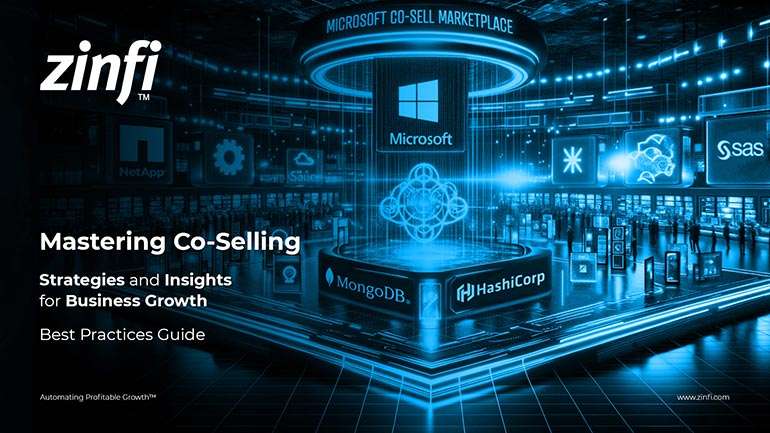 Mastering Co-Selling Best Practices
Mastering Co-Selling Best PracticesDownload Guide
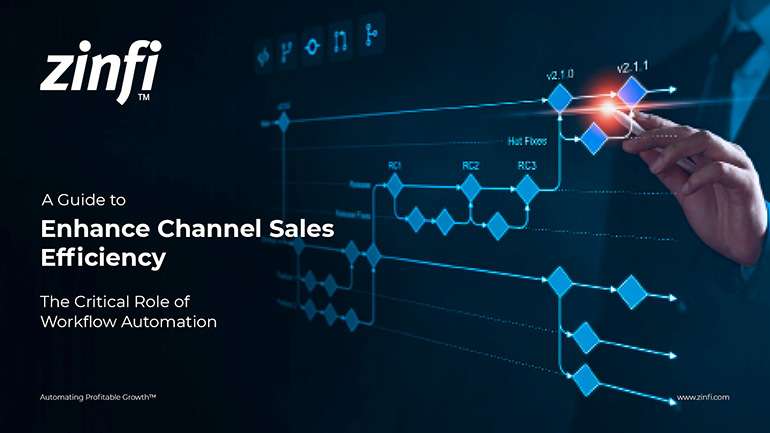 A Guide to Enhance Channel Sales Efficiency
A Guide to Enhance Channel Sales EfficiencyDownload Guide
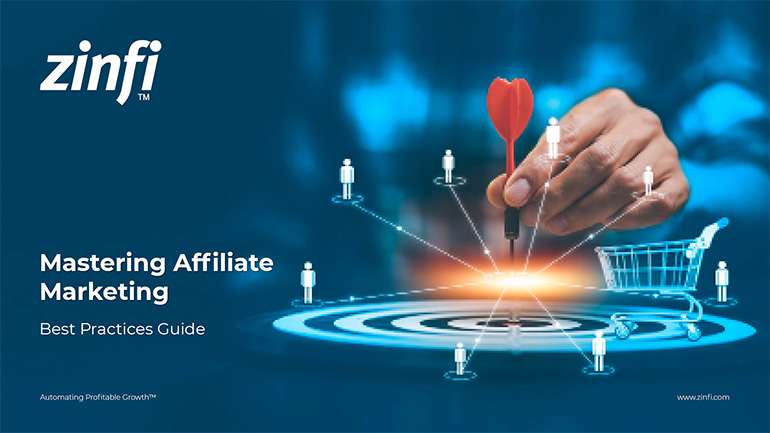 Mastering Affiliate Marketing Best Practices
Mastering Affiliate Marketing Best PracticesDownload Guide
 The Ultimate Guide to Channel Partner Management
The Ultimate Guide to Channel Partner ManagementDownload Guide
 Top 10 Trends in 2024 Partner Relationship Management
Top 10 Trends in 2024 Partner Relationship ManagementDownload Guide
 Building Bridges: Best Practices in PRM
Building Bridges: Best Practices in PRMDownload Guide
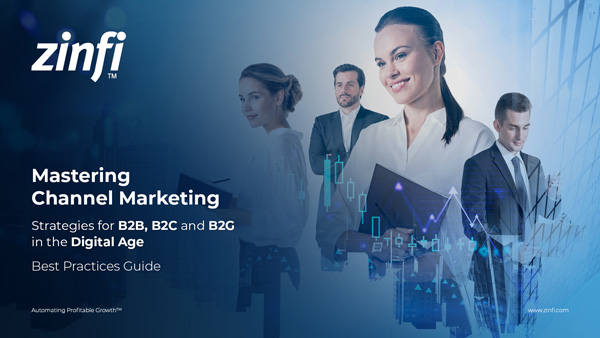 Mastering Channel Marketing Best Practices
Mastering Channel Marketing Best PracticesDownload Guide
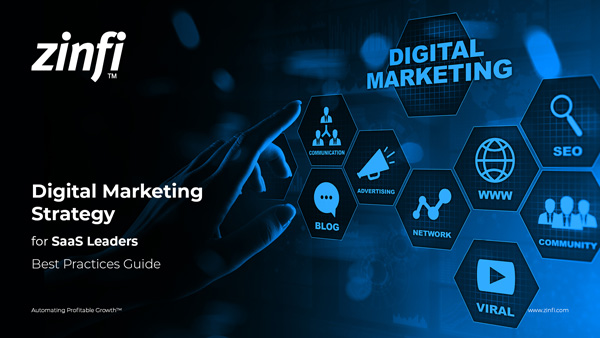 Digital Marketing Strategy for SaaS Leaders
Digital Marketing Strategy for SaaS LeadersDownload Guide
 Mastering Partner Management Best Practices
Mastering Partner Management Best PracticesDownload Guide
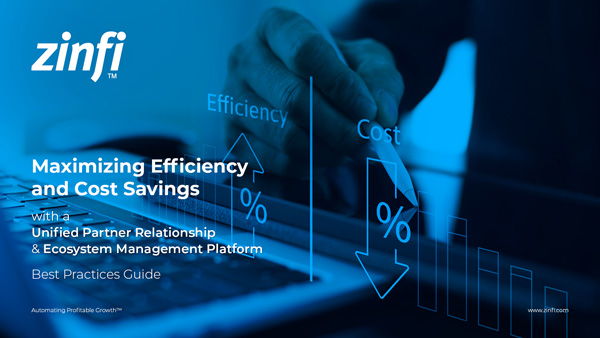 Maximizing Efficiency and Cost Savings with Partner Ecosystem
Maximizing Efficiency and Cost Savings with Partner EcosystemDownload Guide
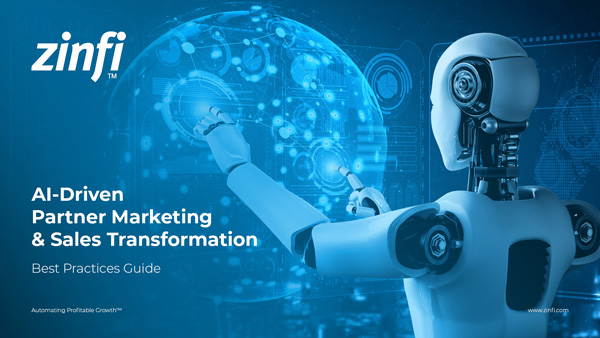 AI-Driven Partner Marketing Best Practices
AI-Driven Partner Marketing Best PracticesDownload Guide
 Agency Partners Best Practices
Agency Partners Best PracticesDownload Guide
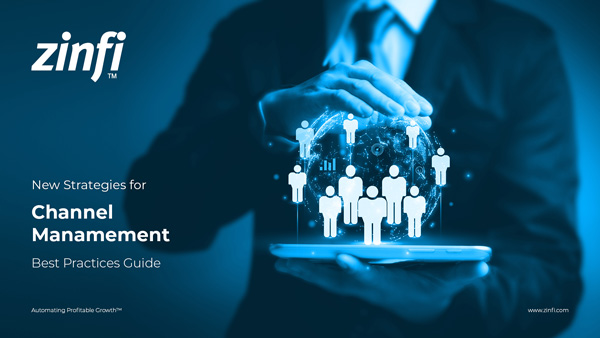 New Strategies for Channel Management Best Practices
New Strategies for Channel Management Best PracticesDownload Guide
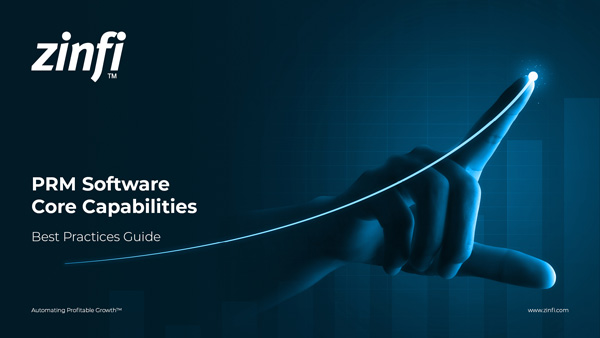 PRM Software Best Practices & Core Capabilities
PRM Software Best Practices & Core CapabilitiesDownload Guide
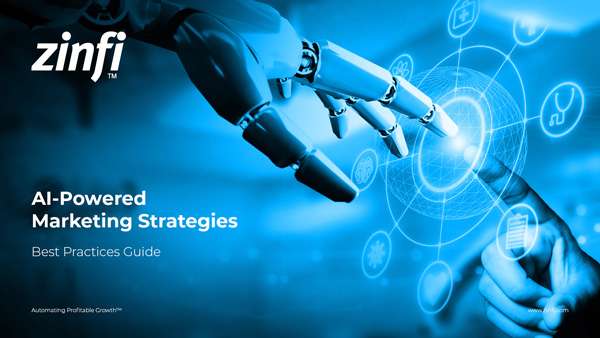 AI-Powered Marketing Strategies Best Practices
AI-Powered Marketing Strategies Best PracticesDownload Guide
 Partner Onboarding Best Practices
Partner Onboarding Best PracticesDownload Guide
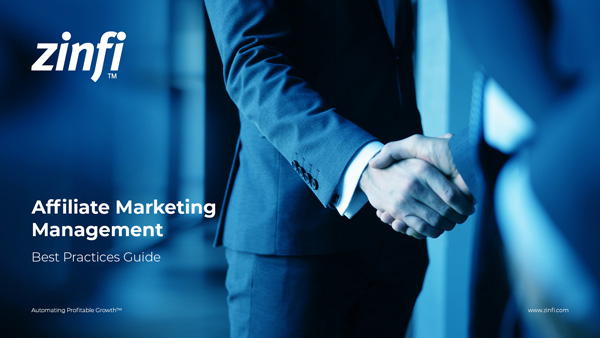 Affiliate Marketing Management Best Practices
Affiliate Marketing Management Best PracticesDownload Guide
All Guidebooks






